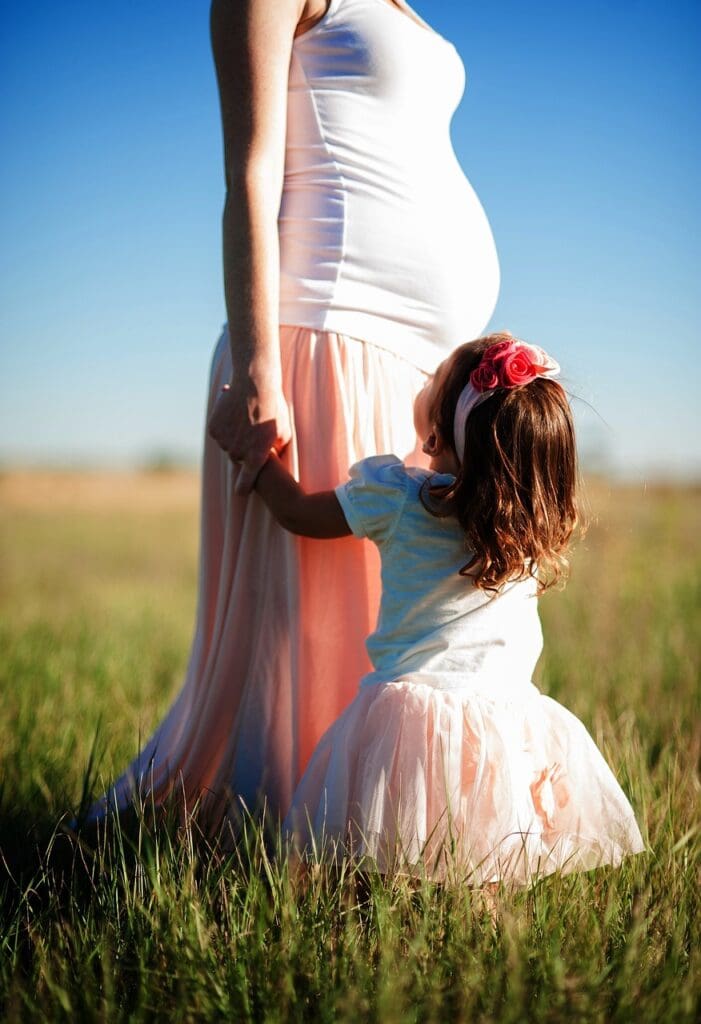Pregnancy shifts the body in many ways. Dr. Glenn L. Keiper Jr, MD from Eugene, OR, is critically aware of how pregnancy can impact the spine. To properly take care of the spine during pregnancy, Dr. Glenn L. Keiper Jr, MD, suggests combining techniques and activities to avoid.
How Does Pregnancy Impact The Spine?
Discomfort during pregnancy is common. Spinal discomfort, however, is often overlooked. Back pain is a natural problem for women who are gaining weight from a baby. Not only is the center of gravity changing, but hormones play a role too. With the release of certain hormones, ligaments in the joints are relaxed. This shift in weight can feel dramatic and difficult to manage.
According to Dr. Glenn L. Keiper Jr, MD, lower back pain from pregnancy can cause a pronounced inward curve in the spine. This affects how the body bends while sitting and standing. A prolonged hyperextension of the spine may lead to long-term back problems if not taken care of during pregnancy. This involves using proper posture and foot support.
What To Avoid When Pregnant
Taking care of the spine is a new activity for many pregnant women. Those who have never experienced pregnancy may have difficulty understanding how to exercise or move around while carrying a significant amount of weight.
Certain exercises to avoid should include heavyweights. This can put an enormous strain on the spine and may cause instability. Heavyweight training that involves maximal isometric muscle contractions can also have a negative impact on the cardiovascular system.
Exercises that require lying on the back are also potentially dangerous. This is especially true after the first trimester. Standing for long periods of time is also not recommended as it can cause poor posture and back pain.
Twisting the torso while lifting can cause extreme back pain. This shifts the center of gravity and may also create problems with balance. In addition, items that were once easily lifted may affect posture and stability.
Maternity Back Belts Do Work
Maternity back belts or belly support bands relieve pressure on the back and pelvis. This type of belt is designed to wrap around the lower spine and abdomen, which relieves the intensity of baby weight.
These belts can be worn during physical activity or to help stand from a lying-down position. Pain can relieve itself after a few minutes and help flexibility in the lower back and joints. However, sacroiliac joint pain can cause hip joints to feel less stable, negatively impacting the spine.
Support Shoes
Foot support helps posture during pregnancy. By wearing shoes with additional cushioning, this support can help feet point forward.
Arch support is especially important. Trying on different shoes can make a significant difference when finding the right arch support. Low arches may need more cushioning than those with midsoles. Trying on shoes during the afternoon is recommended since feet can expand throughout the day. During pregnancy, feet may already be swollen and will need a larger size.
What Is The Correct Posture During Pregnancy?
To protect the spine during and after pregnancy, correct posture is necessary as the body changes and weight shifts to different areas, the center of gravity can feel “off.” When this happens, it is easy to compensate for the weight on one side of the body using the opposite side. This can cause back and hip pain.

Support Shoes for Standing
When the body is in complete alignment, there should be a straight line between the ears to the shoulders and the hips to the knees. The pelvis tilts forward in this position to keep the lower back from arching. This can be particularly difficult with extra weight in the front of the body. Wearing supportive shoes is key for a straight standing posture.
Lying Down Posture
Hormones from pregnancy cause ligaments to relax. This frequently leads to discomfort, even when lying down. A proper lying down posture involves lying on the right or left side with knees slightly bent. This can be achieved by using a pillow between the knees. Twisting in this position is not recommended.
Pillows
Pillows used for support can help the spine while in bed. Pillows underneath the belly and behind the back can reduce pain in the joints. When rising, the upper torso should move first before swinging legs over the side of the bed. Moving slowly is advised.
Correct Sitting Posture
The correct sitting posture is best achieved with a sturdy chair. Seats with lower back support can tilt the pelvis forward, which takes the pressure off the spine. In this position, the knees are slightly lower than the hips. This posture prevents an inward curve of the spine while providing adequate support.
Change Positions Frequently
It is best to change positions after ten or fifteen minutes. This is especially true when standing. To keep the body aligned while standing upright, both feet should stand slightly apart with knees unlocked. Tucking the pelvis in will help relieve pressure on the spine.
Conclusion
Spinal health during pregnancy can cause spinal discomfort without the right tools. By practicing good posture, this can prevent an inward curving spine. For women experiencing significant pressure, pregnancy belts and support shoes are recommended. By protecting the spine throughout the entire pregnancy, spinal issues should not continue after the baby is born.
Featured Photo by lucas Favre on Unsplash





